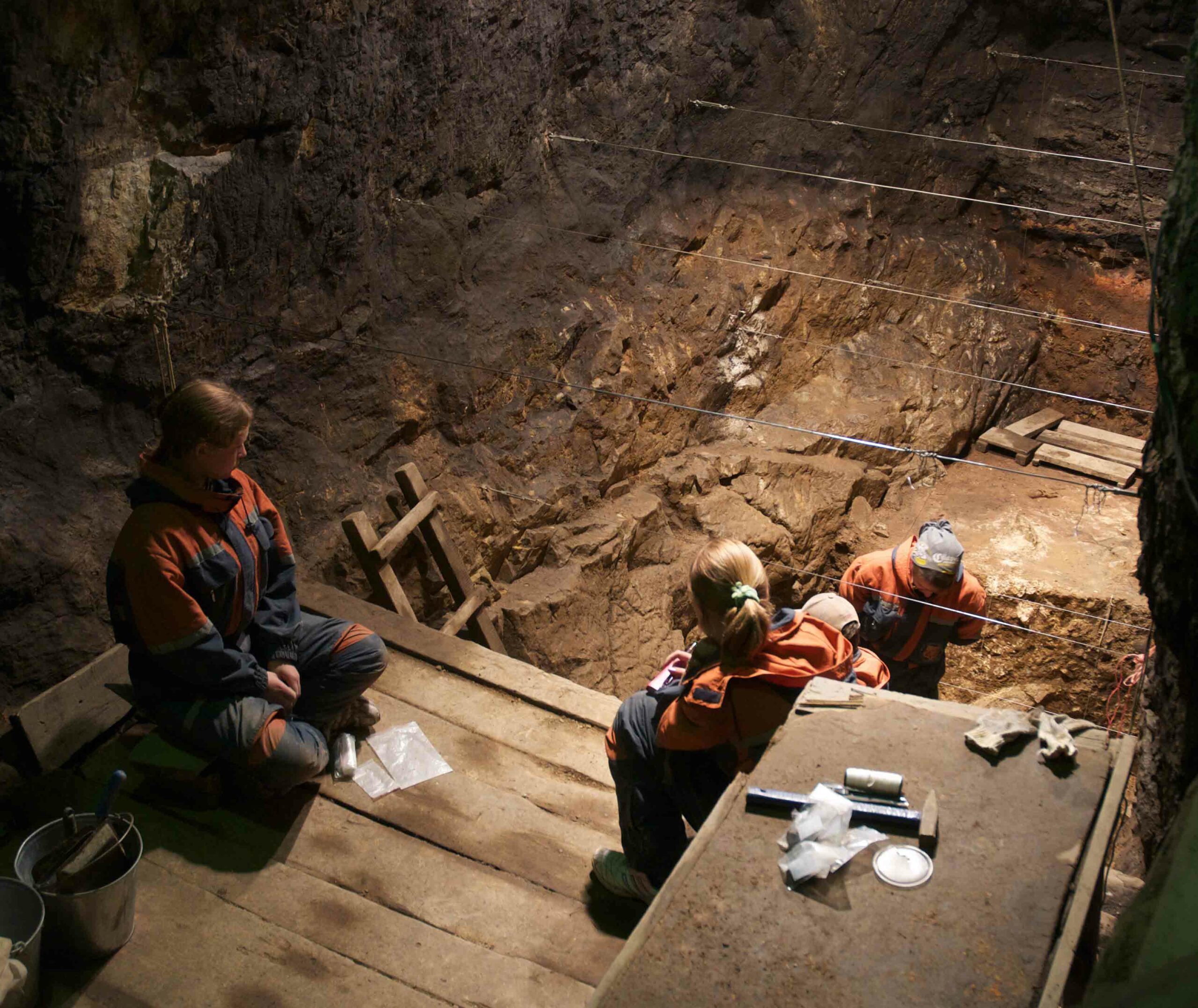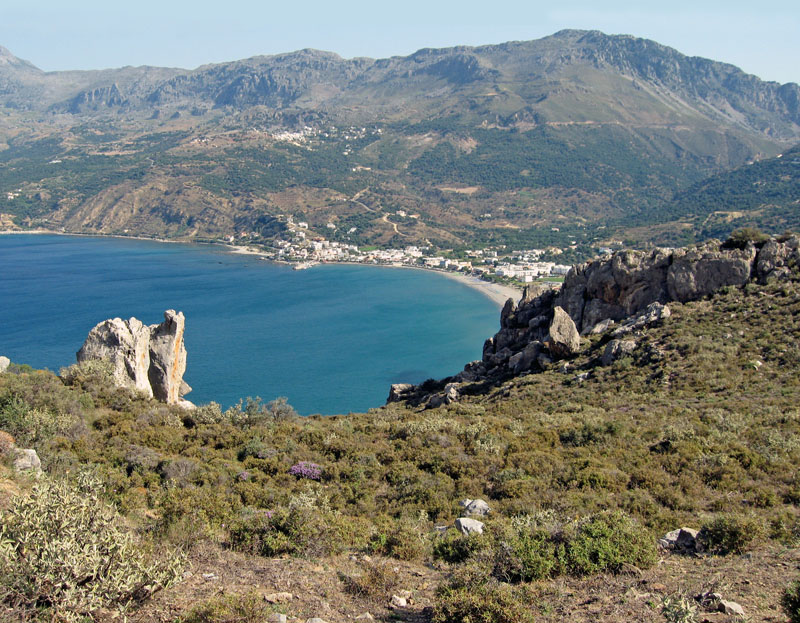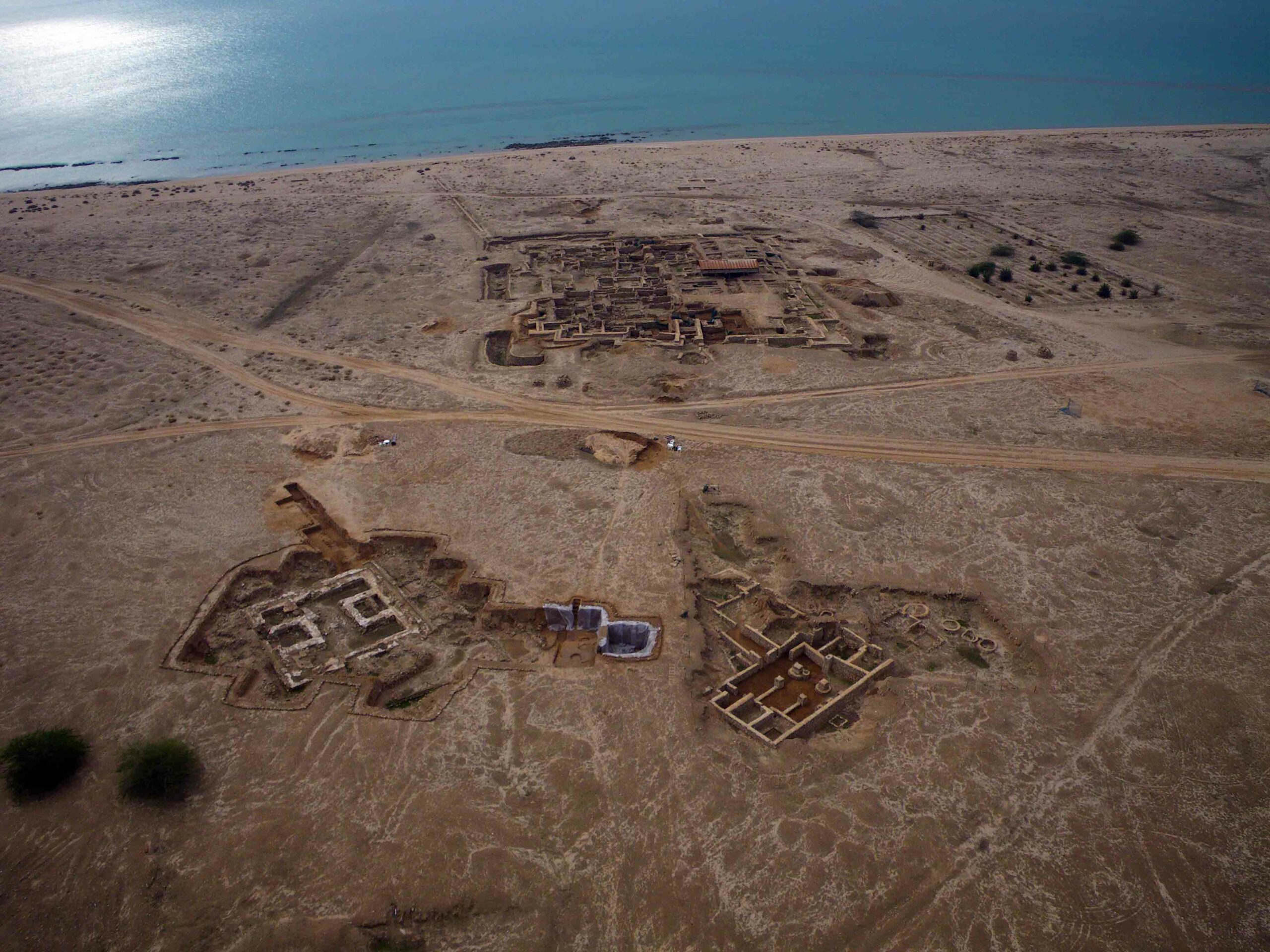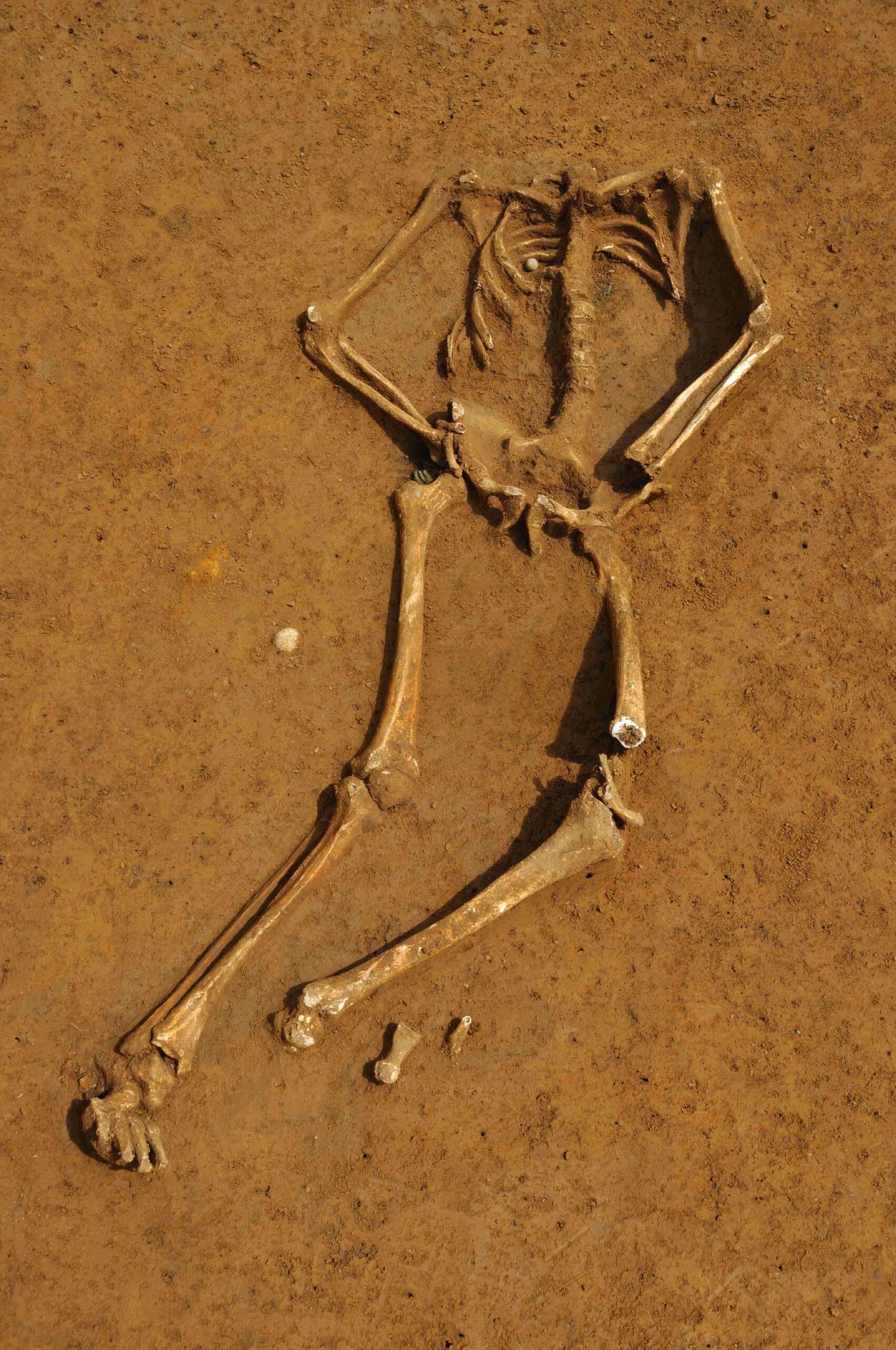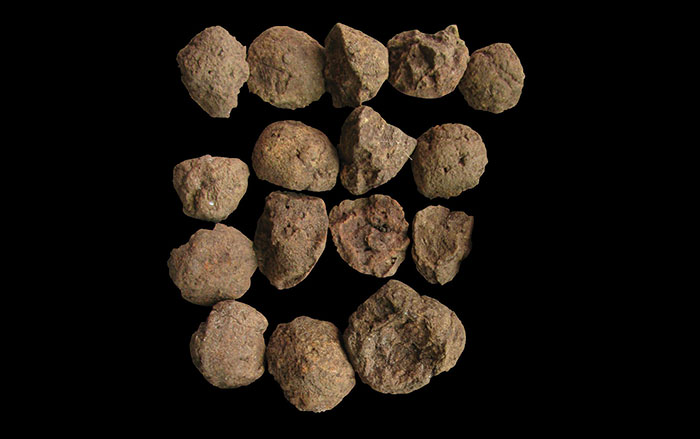
Analysis of 210 stone tools from the site of Kathu Pan in South Africa shows that people were probably hunting with stone-tipped spears by about 460,000 years ago, roughly 200,000 years earlier than previously believed. The study, led by University of Toronto doctoral candidate Jayne Wilkins, confirmed that the tools had broken in ways similar to other stone spear points that have been thrust or thrown into the bodies of animals. In addition, 23 of the tools appear to have been thinned at their bases to make them easier to attach to the shaft of a spear. To test their interpretation, the team made 32 replicas of the tools from Kathu Pan, hafted them to wooden dowels, and fired them into springbok carcasses using a crossbow that allowed for precise control of force. The replica spear points were damaged in ways similar to their ancient counterparts. The early date for the tools also suggests that the first stone-tipped spears were used by Homo heidelbergensis, the species of human that was the ancestor of both Neanderthals and modern humans.


